- DroidAfrica
- Gadgets
- Doogee
- Doogee S96 GT
Doogee S96 GT
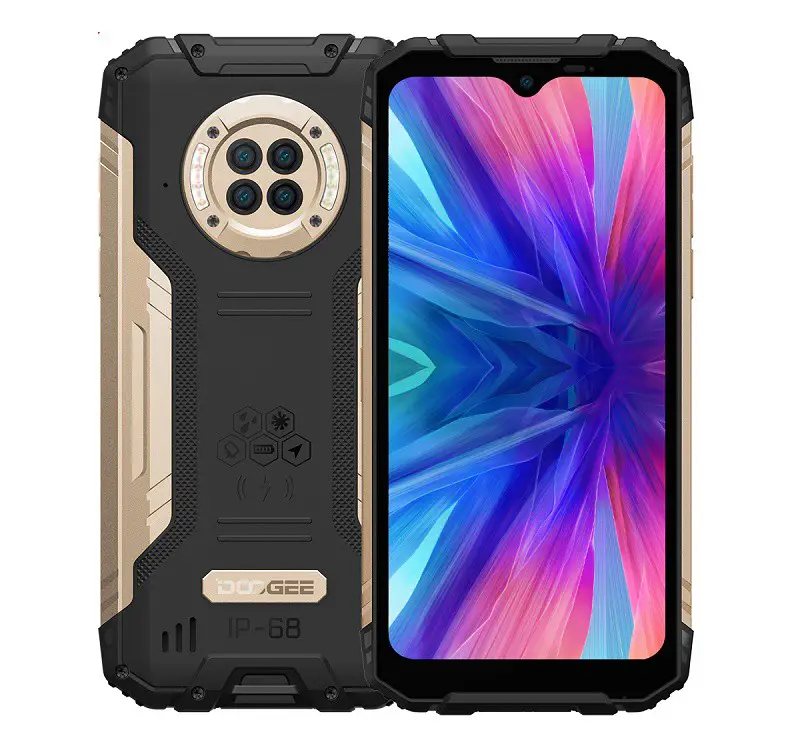
Doogee S96 GT Highlights and Overview
This is Doogee S96 GT. It is the direct successor to the 2021 model of the phone. First, the CPU is upgraded to Helio G95, secondly, latest Android OS is used and both the internal memory and the megapixel count of the frontal camera got doubled. However, you are still getting a compact 6.22-inches HD+ screen with an IPS panel and an overhead notch.
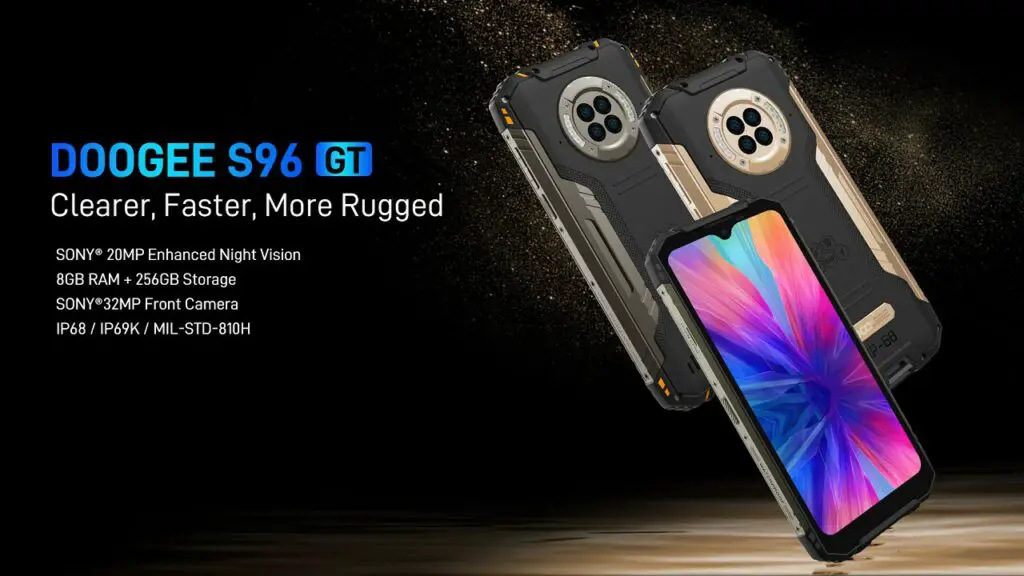
As mentioned above, the CPU power on the Doogee S96 GT is source from the Helio G95 SoC from MediaTek. The Chipset has 8-core CPUs maxed at 2.1GHz, along with Mali-G76 GPU, 8GB RAM and a large 256GB ROM. The internal storage can still be upgrade using an external 512GB SD-card.
Camera specs on the Doogee S96 GT includes a 48-megapixel main lens, 8-megapixel ultrawide, 2-megapixel macro and a fourth 20-megapixel dedicated night vision camera. Additional there four LEDs for the primary camera setup, and four for the night sensor.
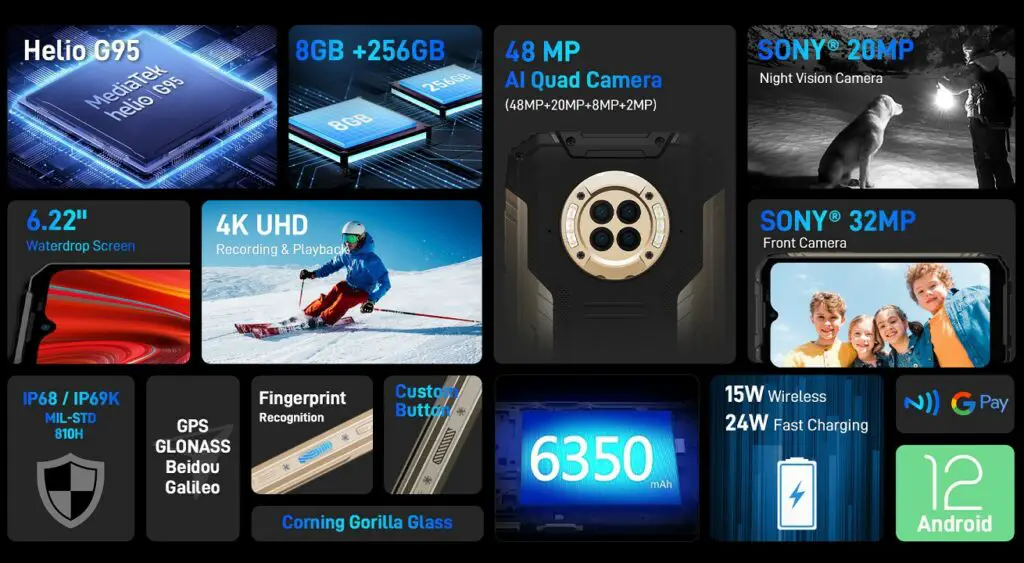
The selfie lens is now a Sony IMX616 sensor capped at 32-megapixels. The phone comes with a side mounted fingerprint scanner, and it is available in Green, Black and Orange colors. Fuel is supplied from a 6,350mAh battery with 24W fast charger, while Google Android 12 OS is available out of the box. Detailed specifications of Doogee S96 GT smartphone is contained in the table below.
Doogee S96 GT Full Specifications and Features
NETWORK
| Technology | GSM / CDMA / HSPA / LTE |
| 2G Network Bands |
GSM 850 / 900 / 1800 / 1900 - SIM 1 and SIM 2 + CDMA 800 / 1900 |
| 3G Network Bands | HSDPA 800 / 850 / 900 / 1700(AWS) / 1900 / 2100 |
| 4G Network Bands | LTE band 1, 2, 3, 4, 5, 7, 8, 12, 13, 17, 18, 19, 20, 25, 26, 28, 38, 40, 66 |
| Speed | HSPA 42.2/5.76 Mbps, LTE |
LAUNCH
| Also Known As |
- - |
BODY
| Dimensions | 167 x 81.4 x 15.5 mm |
| Weight | 310 grams |
| Build |
Corning Gorilla Glass front / Premium rubber Body + IP68/IP69K dust/water resistant + Concrete drop resistance (from up to 1.5 meters) + MIL-STD-810G compliant |
| SIM Type | Dual SIM (Nano-SIM, dual stand-by) |
DISPLAY
| Display Type | IPS LCD touchscreen / 16M colors |
| Size | 6.22 inches, (71.0% screen-to-body ratio) |
| Resolution | 720 x 1520 pixels, 19:9 ratio (270 ppi density) |
PLATFORM
| Operating System | Android 12 |
| Chipset | Mediatek MT6785 Helio G95 (12 nm) |
| CPU | Octa-core (2x2.1 GHz Cortex-A76 & 6x2.0 GHz Cortex-A55) |
| GPU | Mali-G76 MC4 |
MEMORY
| RAM + ROM | 8GB + 256GB |
| Card Slot | Yes, up to 512GB via microSD card (uses Dedicated slot) |
MAIN CAMERA
| Camera Type | Quadruple Lenses |
| Camera Sensor(s) |
Main: 48MP, f/1.8, PDAF Ultrawide: 8MP, f/2.2, 130˚ FoV, Macro: 2MP, 2.4 Night Lens: 20MP, 2.8 |
| Camera Features | Autofocus / Continuous shooting / Digital zoom / HDR / Touch focus / Face detection / Quad LED flash / Quad Infrared night vision lights |
| Video Resolution | 1080p@30fps |
SELFIE CAMERA
| Camera Type | Single Lens |
| Camera Sensor(s) | 32-megapixel |
| Camera Features | Face Beautification / FaceID / F2.0 |
| Video Resolution | 1080p |
SOUND
| Loudspeaker | Yes |
| Speaker Location | At the back of the phone |
| Audio Jack Type | Yes, 3.5mm audio jack |
CONNECTIVITY
| Bluetooth | Bluetooth 5.0, A2DP, LE |
| NFC | |
| GPS | Yes, with A-GPS, GLONASS, BDS, GALILEO |
| FM Radio | Yes |
BATTERY
| Battery Capacity | Non-removable Li-Poly 6,350mAh battery |
OTHER FEATURES
| Sensors | Fingerprint (side-mounted), accelerometer, proximity, compass |
| Box Contents | Charging Brick / USB cable |
Doogee S96 GT User Reviews and Opinions
Disclaimer Note
We CANNOT guarantee 100% accuracy for the specification table above.








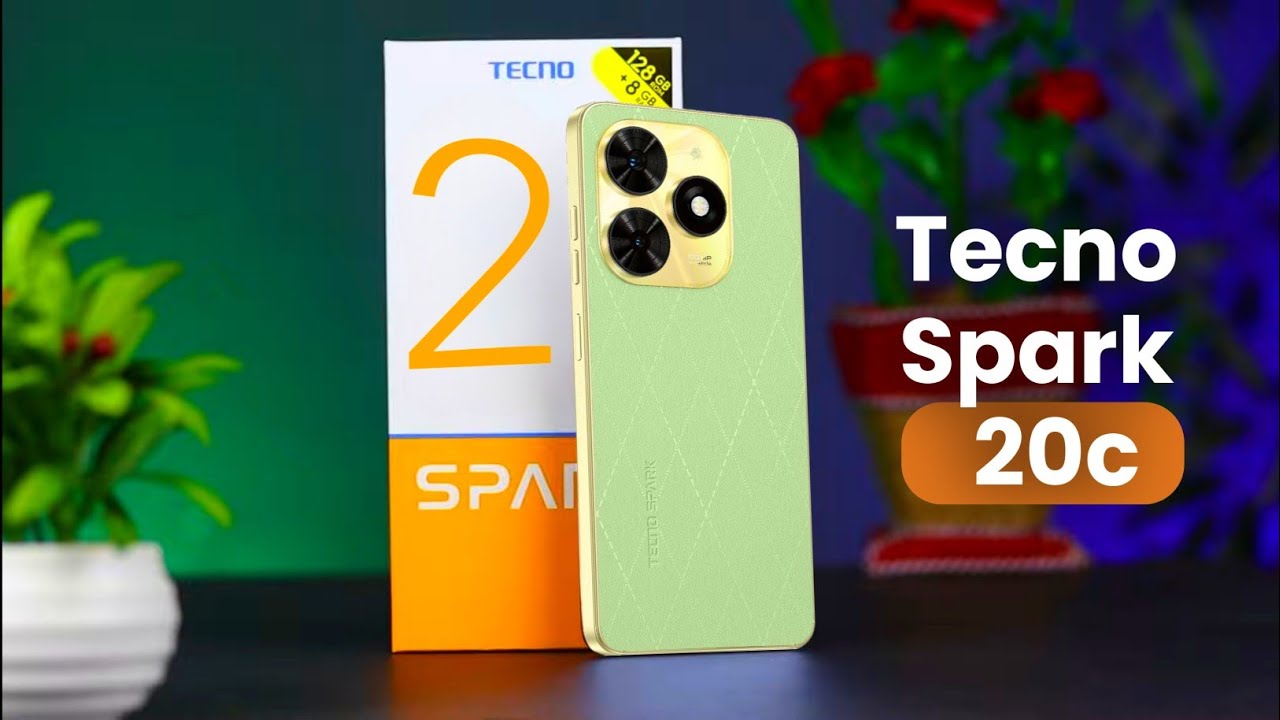


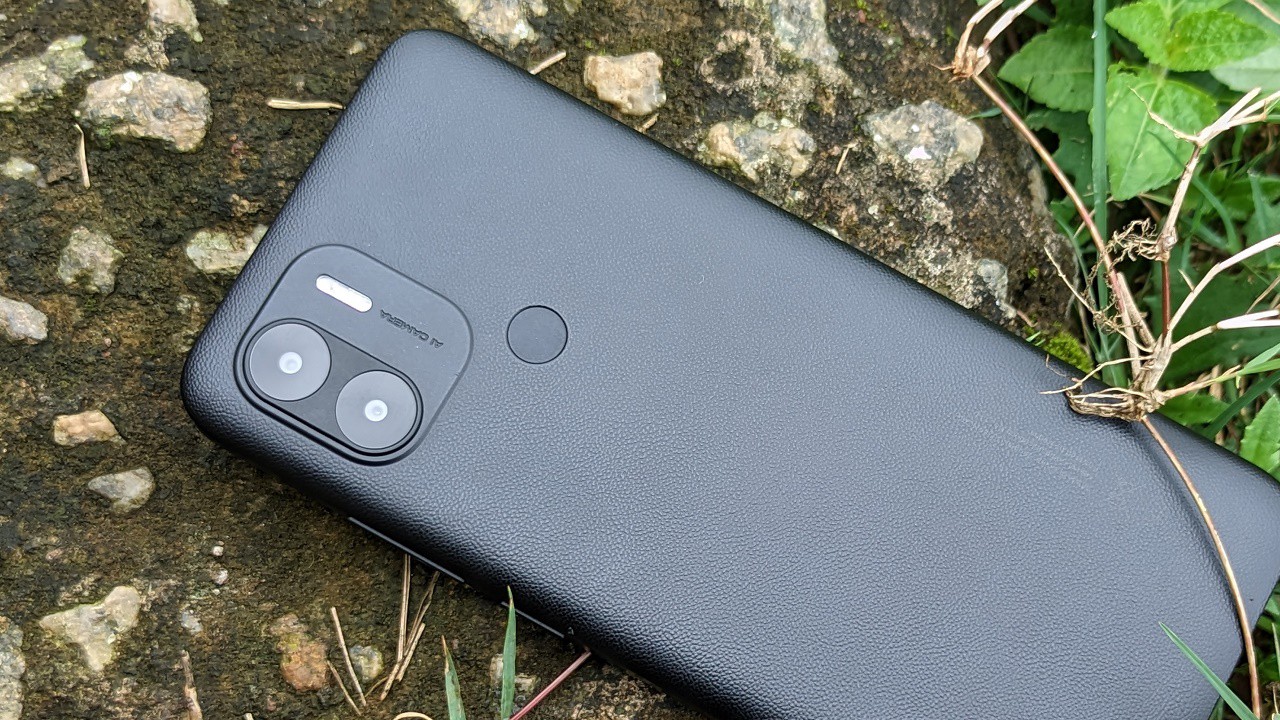
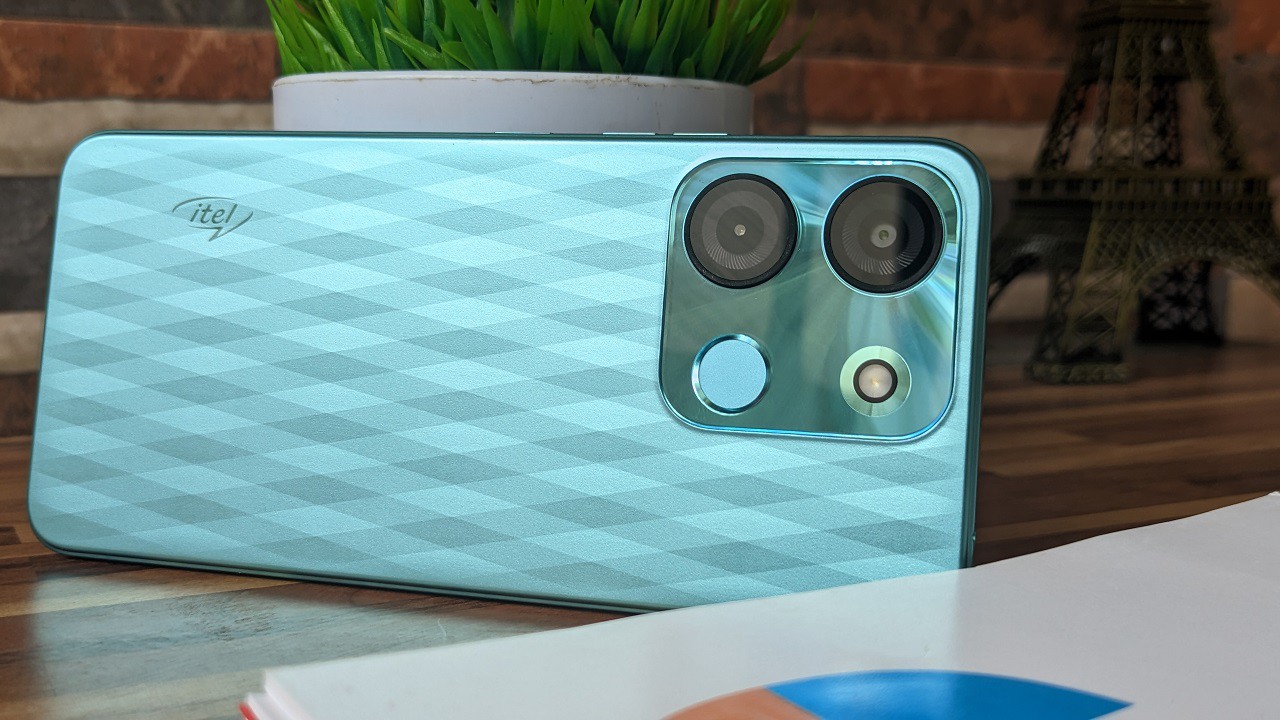
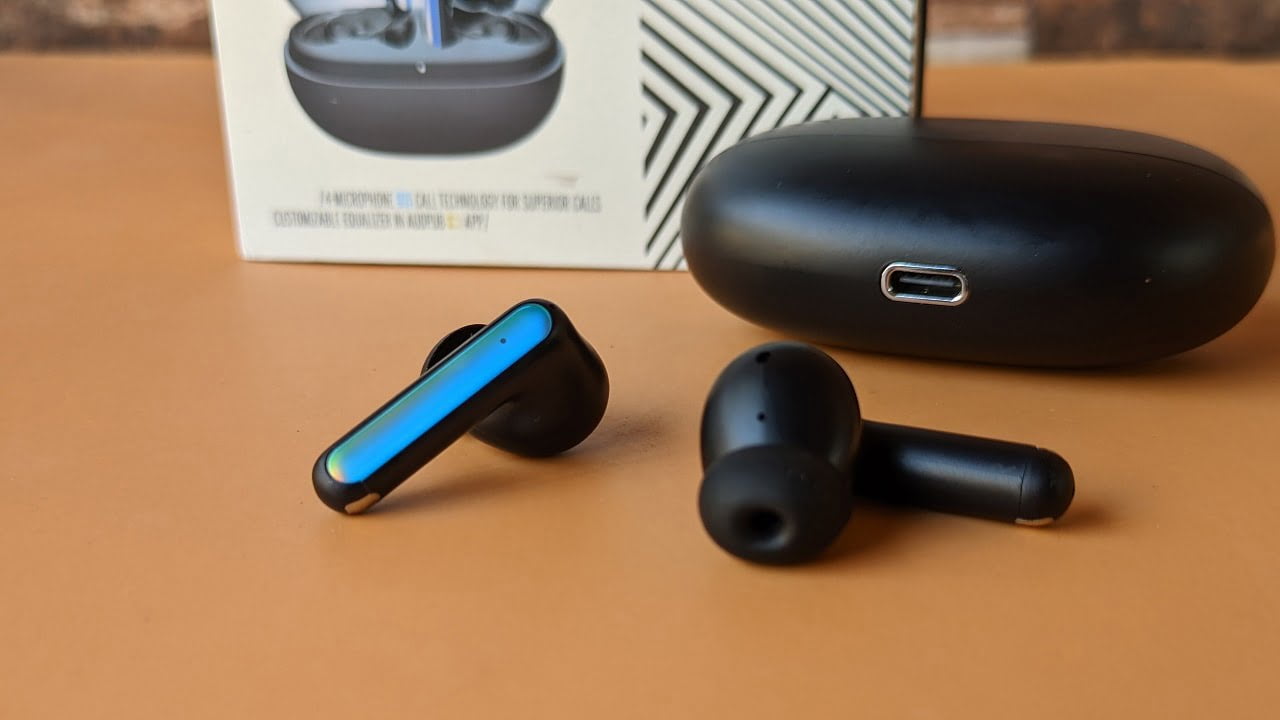
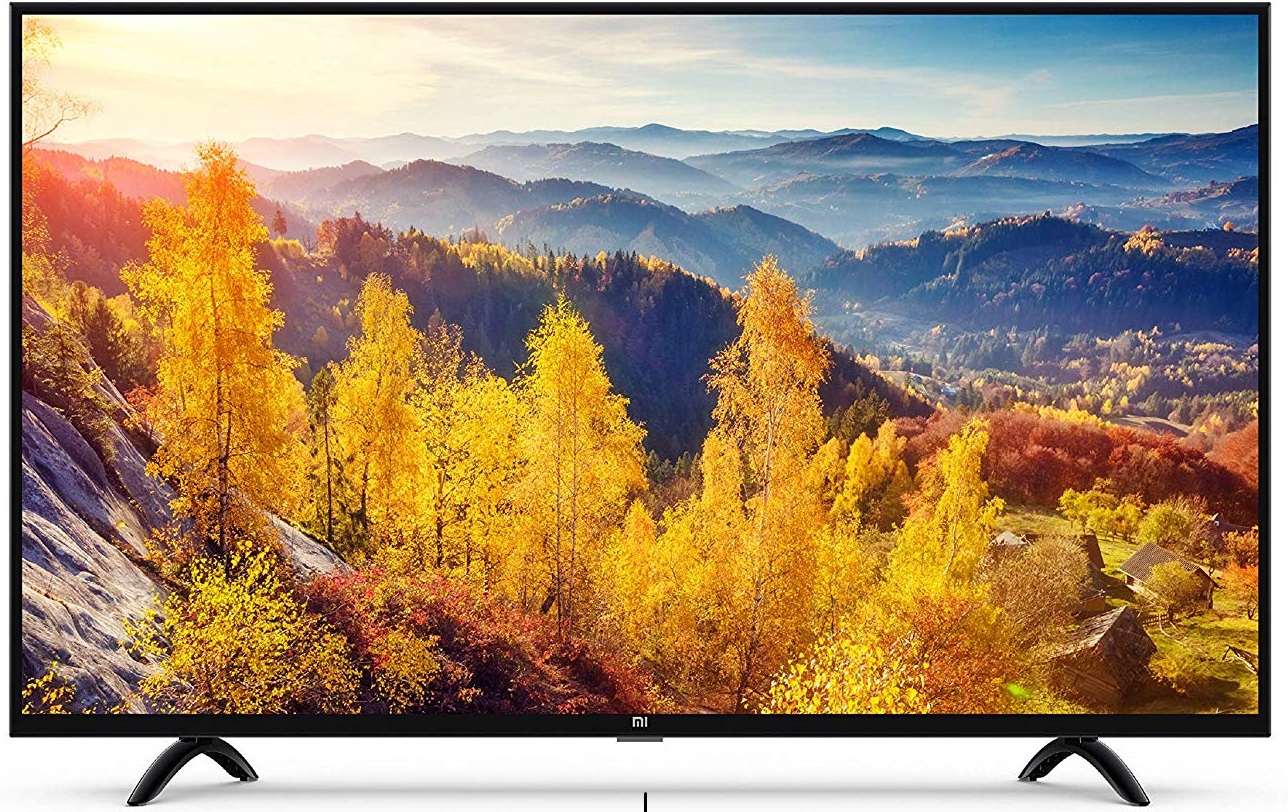

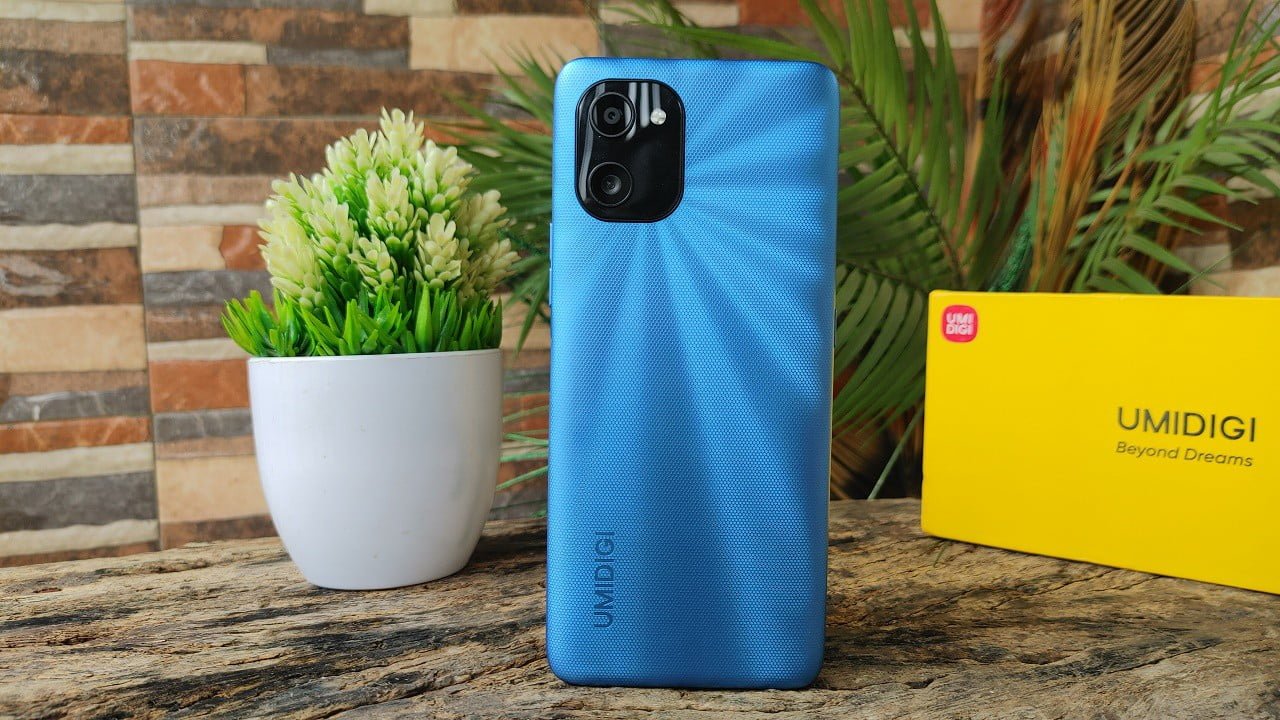
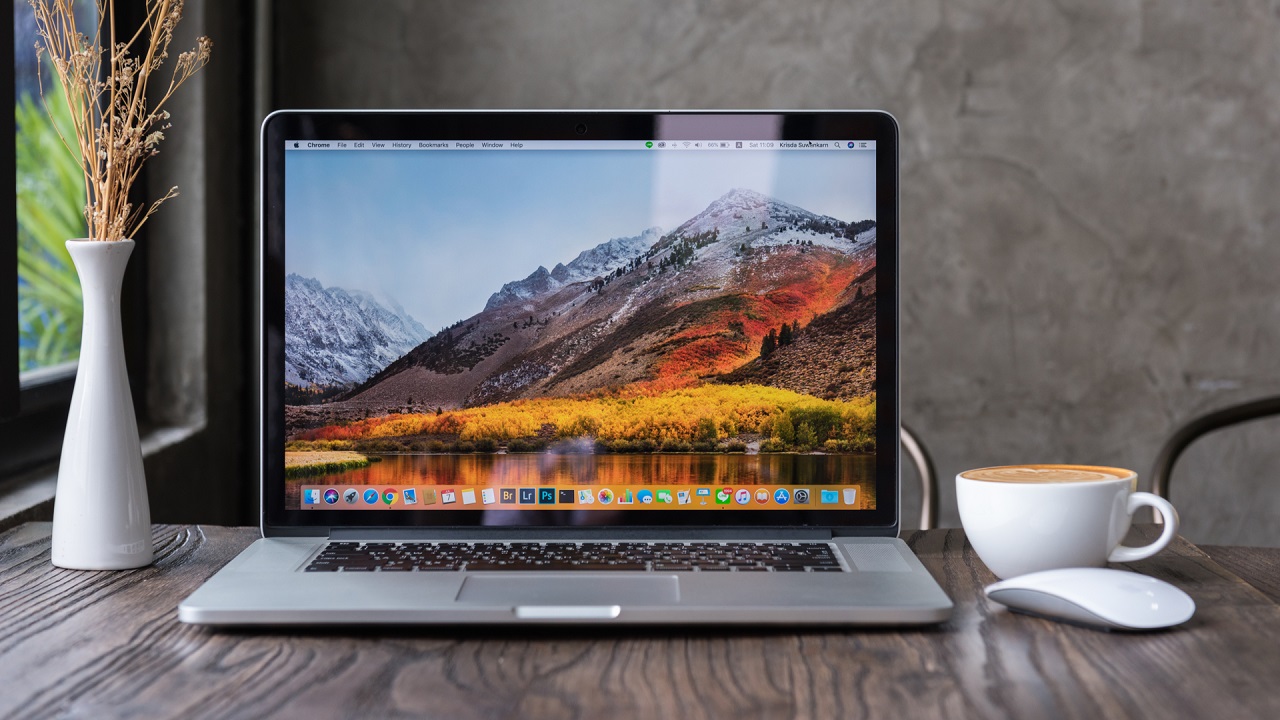
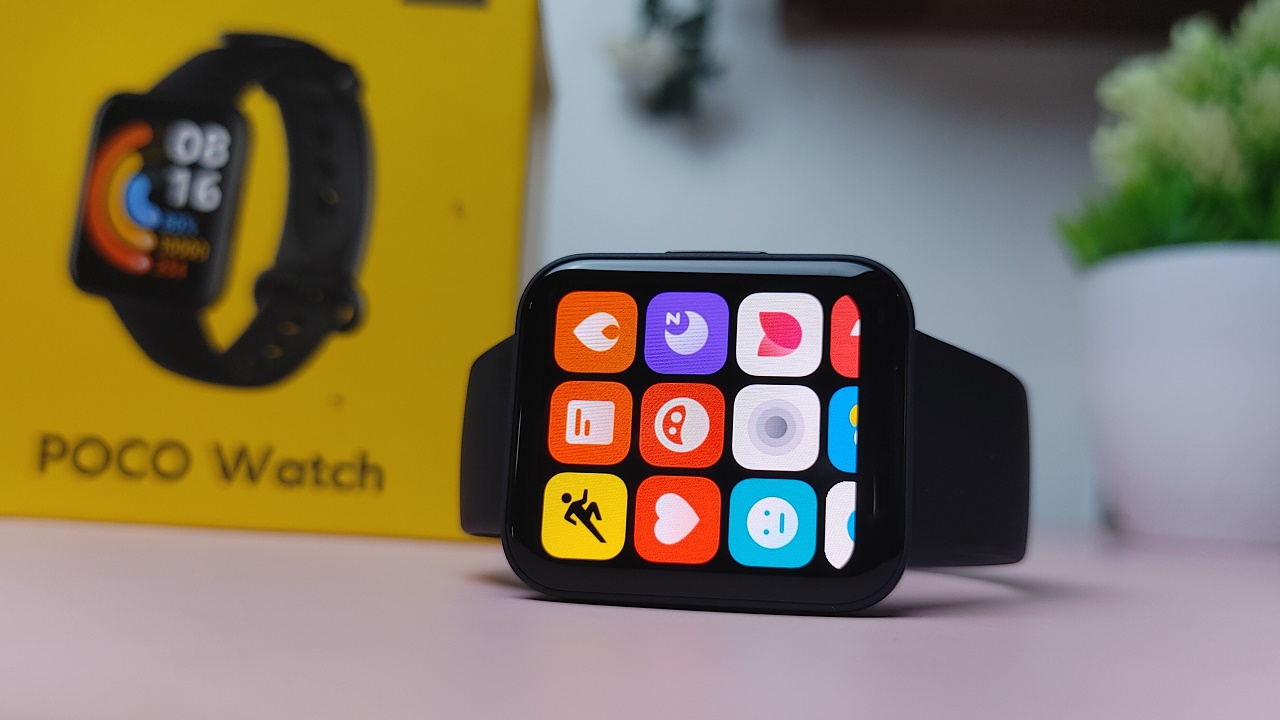


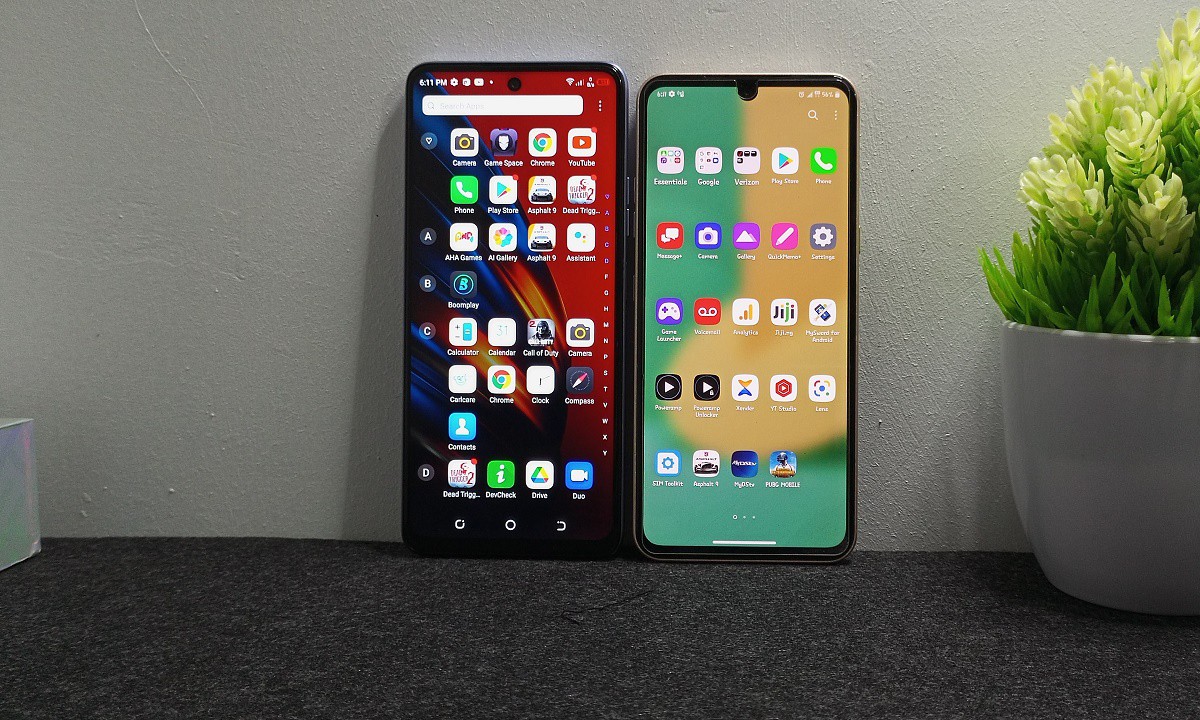

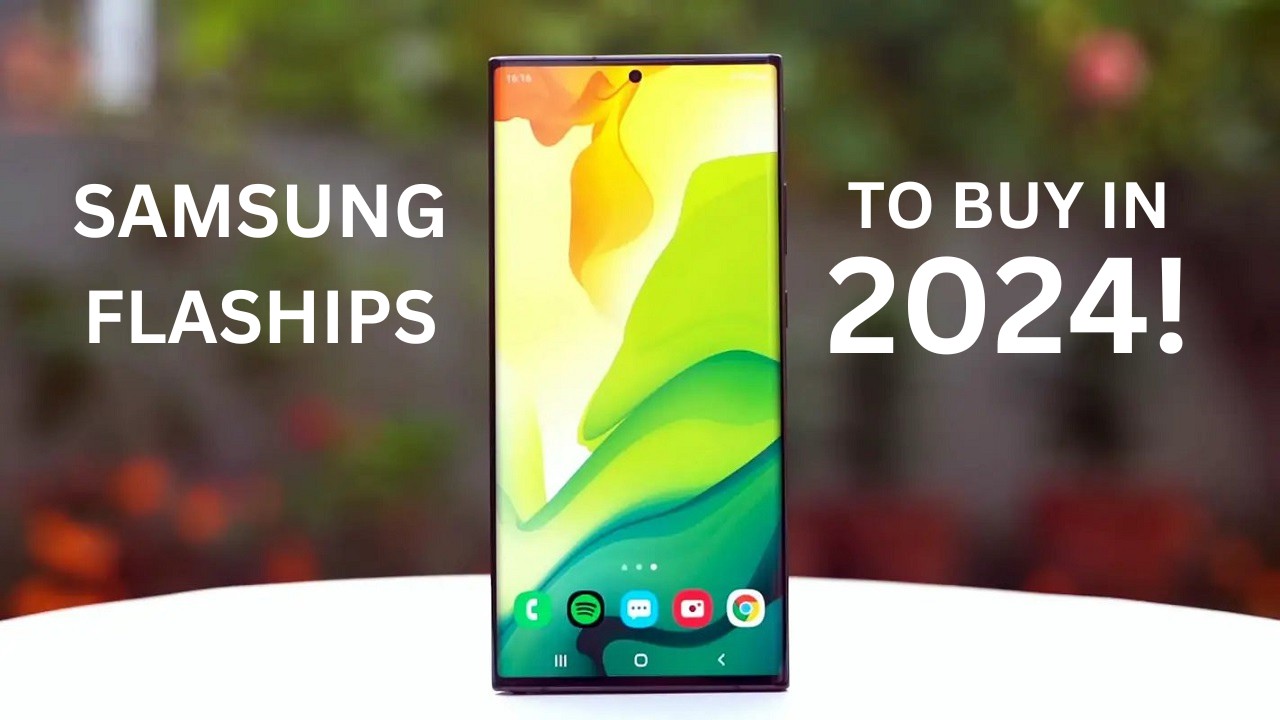
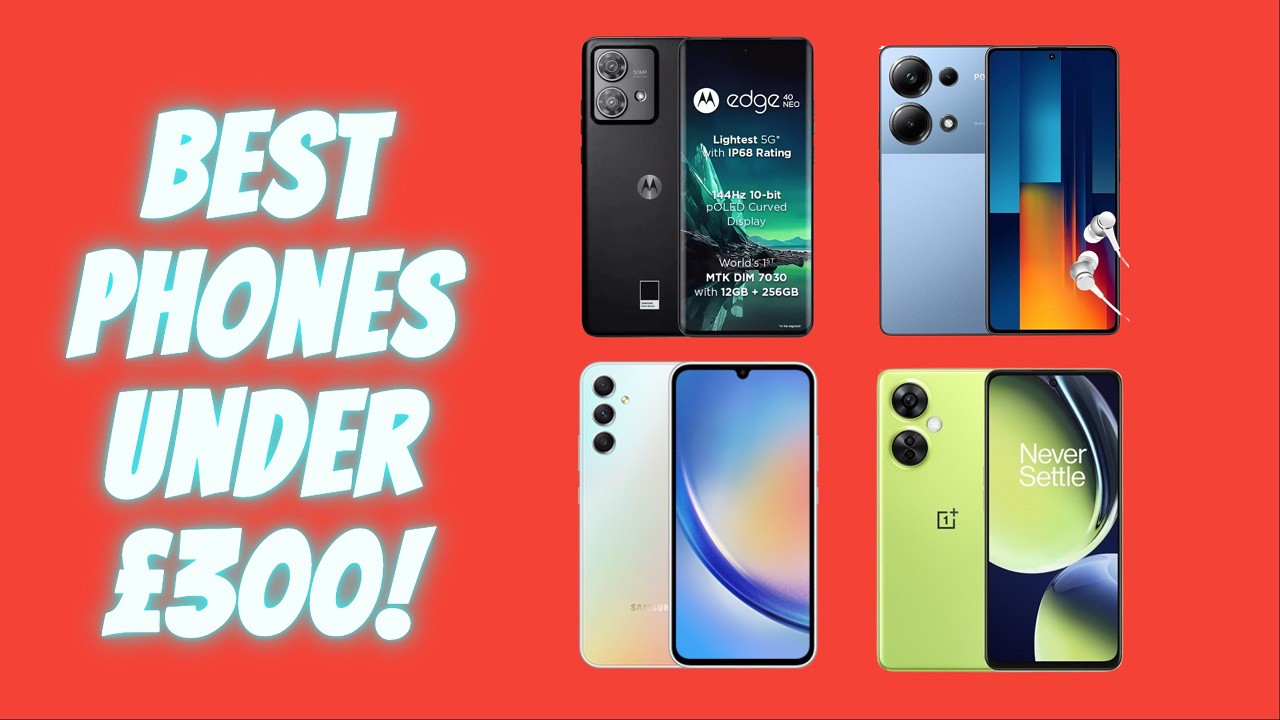

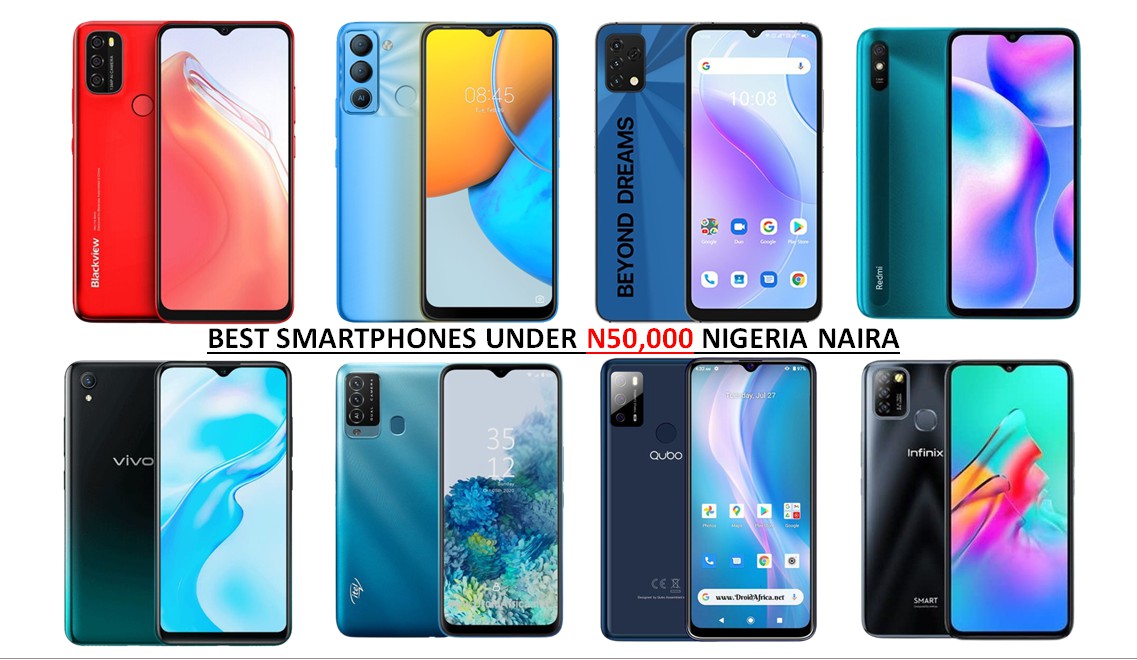
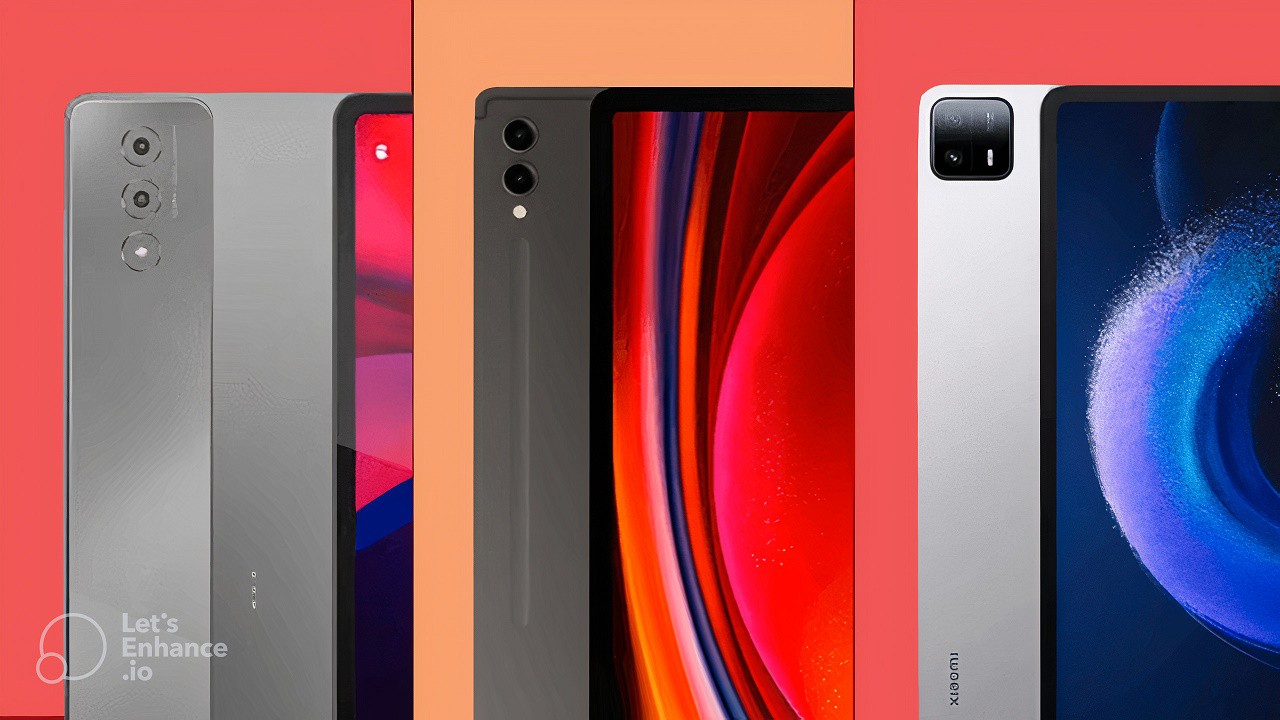
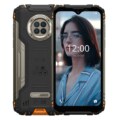
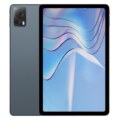

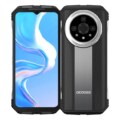
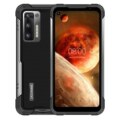
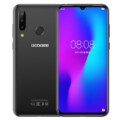



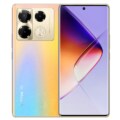
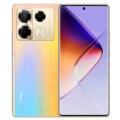
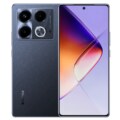
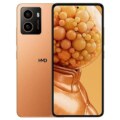
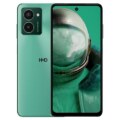



Leave a Reply